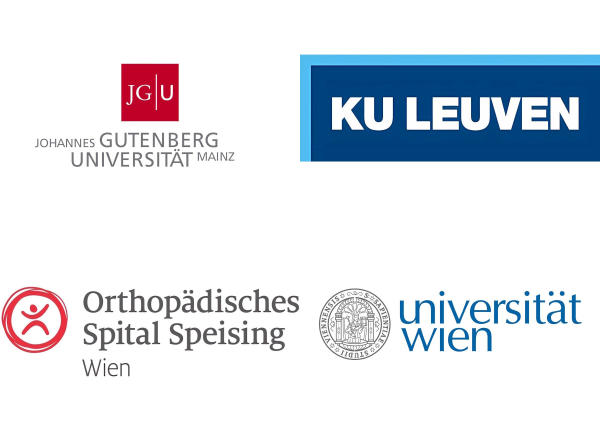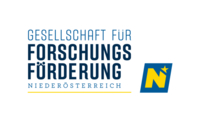Machine learning methods to enable more clinicians to use data obtained by gait analyses for diagnosis.
Background
Musculoskeletal disorders rank in the top ten of the most prevalent diseases worldwide and are the reason that quite a large number of people have to live with disabilities for many years. Impairments and injuries of the musculoskeletal system affect human motor functions and as a result restrict mobility. This has a social and societal dimension too, because it limits one’s ability to interact with the environment and to fully participate in the labour market. The situation in Austria is no exception to what is found globally. In 2017 disorders of the musculoskeletal system made up about 21% of the reasons for sick leave. In conclusion, the optimal treatment of impaired mobility is a key task in healthcare.
Project Content
To ensure the best possible care for people with musculoskeletal disorders, a precise examination of the underlying movement mechanisms is necessary. The worldwide established gold standard for this purpose is instrumental 3D gait and movement analysis (3DGA). Besides clinical 3DGA, the far more complex musculoskeletal (MSK) models (i.e., 3DGA combined with complex computational methods) have seen a vast development in recent years. MSK modelling can improve clinical decision making, but it is a time-consuming procedure requiring highly trained personnel as well as high performance hardware – all factors that limit its applicability in clinical settings. Machine Learning (ML) and Deep Learning approaches could help to remedy this situation. In the current project we therefore intend to develop powerful Deep Learning models that can be applied to a broad range of pathologies as well as different categories of patients and yield results for clinical decisions fast and with a minimal effort.
Goals
MSK simulation models are highly useful for investigating the musculoskeletal system, but they can also be time-consuming and require trained personnel. A faster or even real-time estimation of muscle and joint contact forces would provide additional decision support in clinical examinations of gait and motion analysis, advancing research knowledge. In this project, we are developing deep learning-based solutions to enable such estimations.
Methods
Thanks to our collaboration partner, the Orthopedic Hospital Vienna-Speising (OSS) and the associated clinical gait laboratory, we have access to more than 1000 anonymized 3DGA patient data, summing up to more than 12000 individual gait trials (force plate hits). The data not only comprises patients with different pathologies such as axis malignments, club feet, and infantile cerebral palsy, but also data from healthy controls. We also incorporate datasets from the gait laboratories of the St. Pölten UAS and another scientific cooperation partner – the University of Mainz. All this data is compiled and used to develop generalizable, robust, and powerful joint contact force prediction algorithms.
Funding
You want to know more? Feel free to ask!
Senior Researcher Institute of Health Sciences
Department of Health Sciences
Hans Kainz
Ilse Jonkers
Bryce Killen
Fabian Horst
- OSS Orthopädisches Spital Speising
- Universität Wien, Neuromechanics Research Group
- KU Leuven [Belgien]
- Johannes-Gutenberg-Universität in Mainz [Deutschland]




